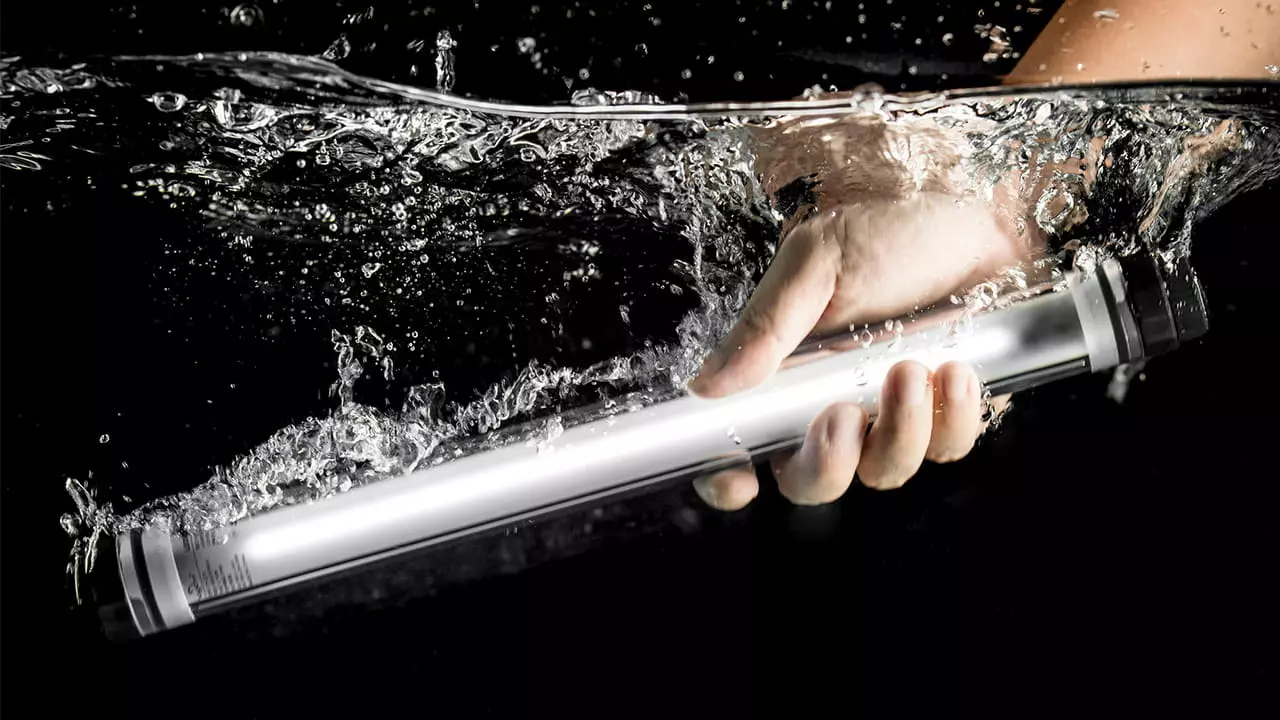What does IP rating mean?
IP degree or (Ingress Protection) is an international standard and means protection against small particles (water and dust).
The IP degree has two digits, each of which represents a different technical feature. In fact, it is an international standard for expressing waterproofness and it expresses the resistance of objects against water and dust penetration.
What does the first digit of IP protection mean?
If the first digit is zero, it means that it is not protected, and the higher this digit is, the less the protection of the part against small particles. In other words, the first digit of the ip degree indicates the degree of penetration of small solid particles into the objects. This number is between 0 and 6, where the number 6 has the highest degree of protection against solid particles.
What does the second digit of IP protection mean?
This number from the IP standard refers to the resistance of the part against water. For example, the number 5 means that this part has more resistance against water than the part that has IP 4. This number is between 0 and 8, where the number 8 has the highest degree of protection against liquids.
For example, IP68 has the highest degree of protection against liquids and solid particles. (Because number 6, which is the first number, has the highest degree of protection against solid particles, and number 8, which is the second number, has the highest degree of protection against liquids.)
First digit:
0 = without any protection
1= it has protection for objects more than 5 cm
2= It has protection for objects larger than 1.25 cm
3= It has protection for objects such as wire and cable more than 2.5 mm
4= has protection for objects over 1 mm
5= has protection against dust (but still there is a possibility of penetration, which requires a fan)
6= high protection, even against dust (highest and most complete protection)
Second digit:
0 = without any protection
1= Protection against falling and splashing water vertically
2 = Protection against falling and splashing water up to an angle of 15 degrees to the vertical
3 = Protection against falling and splashing water up to 60 degrees angle to the vertical
4= with 360 degree protection
5= has protection against water penetration with pressure (pressure 30 kilopascals / cross section of the nozzle 6.3 mm)
6= with protection against water penetration with pressure (pressure 100 kilopascals / cross section of the nozzle 12.5 mm)
7 = protection even against immersion in water up to 1 meter deep
8 = Protection against submersion to any depth
8 = Protection against submersion to any depth
Different lighting products have different uses and each one is installed in different places depending on their use. According to the installation location of these products and also their use, they need different degree of protection. In this section, we want to know what is the most suitable degree of protection or EP in lighting products. Below are some examples of these lights.
Pool light:
The pool light has the highest degree of protection. This lamp is submerged in water and if it is not sealed properly, the pressure of the liquid will cause water to penetrate into the lamp. IP68 is suitable for the pool lamp.
Wall washer light:
These lights, like projectors, must have the IP65 standard. However, due to the delicate structure of the washers, their resistance to water penetration is lower than that of projectors. These lights are resistant to rainwater penetration.
Shed light:
Shed lights are suitable for lighting sheds, production halls, workshops, sports halls and special halls for packaging, etc. In such places, there may be a lot of moisture and dust, so these lights must have a high degree of protection. All kinds of shed lights have a protection degree of IP65 or a little less or more.
This rating allows you to choose a safe product for your desired location.



